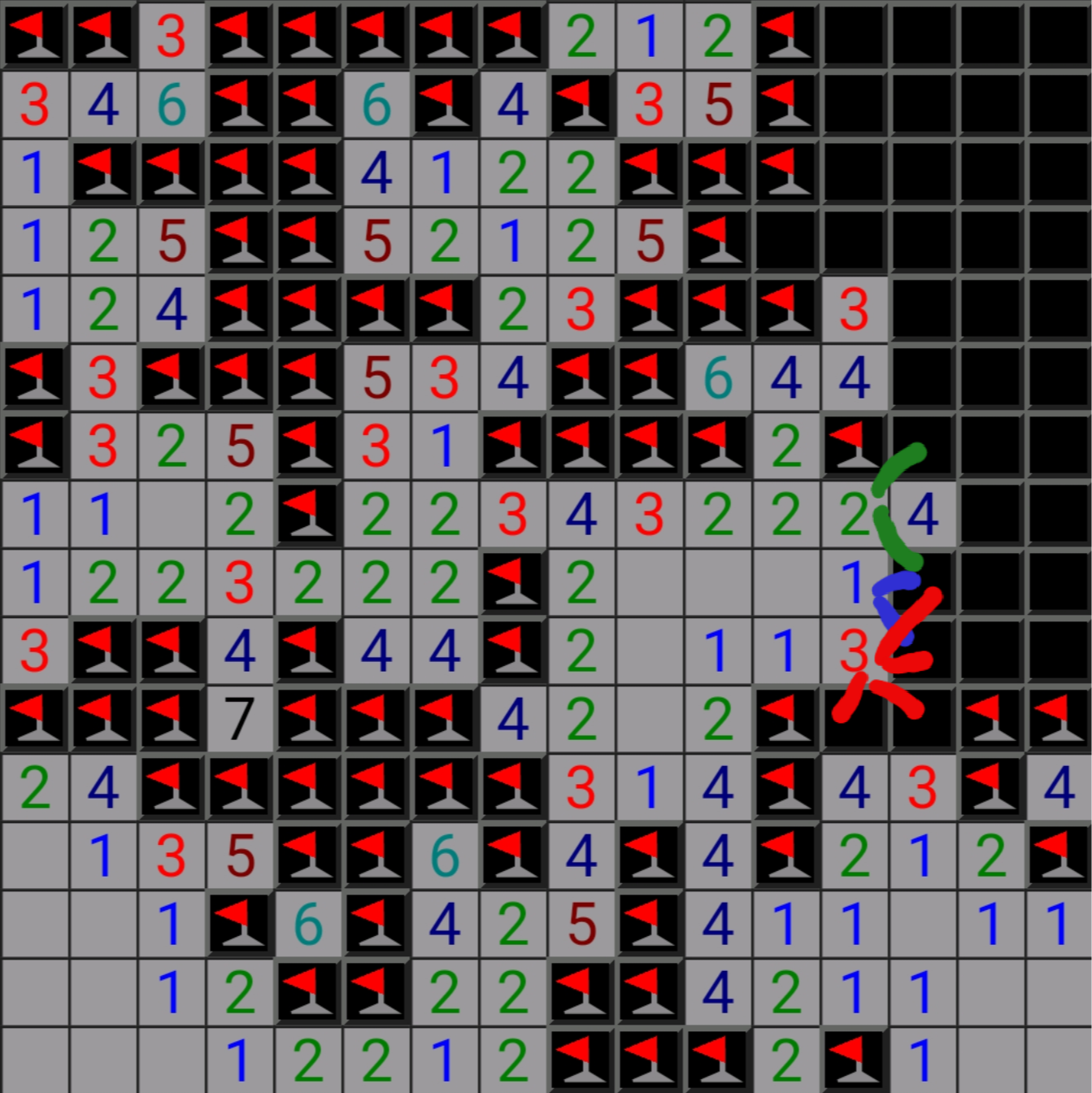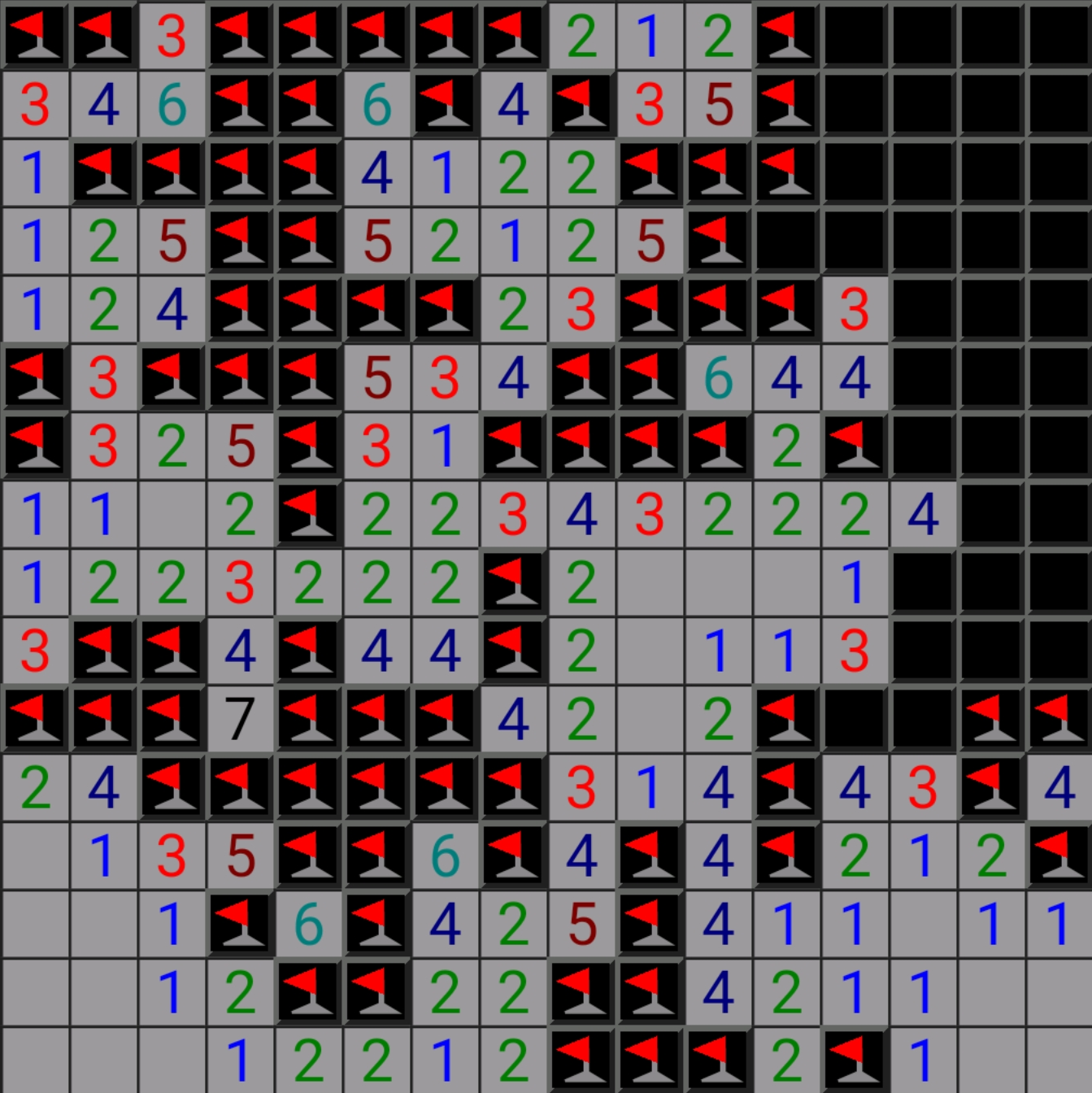Don't forget the immortal science of Marxism-Leninism
AernaLingus
Here's that fanfare that sounded like something from Pokémon Red & Blue—I've made it into a clip where first the MLP fanfare plays, then the bit from Pokémon, then the two overlaid (with the Pokémon one stretched ever so slightly to accommodate for the slightly faster tempo). It's notable that they're even in the same key, so no pitch alteration was required.
The main difference is that the MLP tune is in 6/8 instead of 4/4, which explains most of the subtle rhythmic differences. Pitch-wise, there is only a single note difference, with the MLP fanfare walking up diatonically (G♯-A-B) while the Pokémon melody jumps down to the tonic and then up a fifth (G♯-E-B).

Also, just to be clear, I'm not implying that there's anything untoward going on--both pieces are evoking that martial quality by emphasizing the strong tonic-to-dominant motion and a using a march rhythm in the snare. When you strip the melody down to its essential notes, it's basically just walking up from the tonic, skipping over the 4th degree. The embellishments added on top of that core are also straightforward, so it wouldn't surprise me if whoever wrote the MLP score came up with it independently. Of course, it's also possible they did the classic composer thing where you think you're writing something original but are actually pulling a lot from memory...but even then, it's such a small snippet that it doesn't matter.
Sounds like a Zork command
That was my first thought, but there would be more trailing woobs, as in
woooooob WOOOOB woooob......wooob woooob
I've gotten back into working on my Japanese vocab and it's so much fun...can't believe I've been putting it off for so long, as is ever the case with anything fulfilling that requires effort (thanks, brain!). I love how kanji make every word into a little puzzle, and how each kanji in turn is a puzzle in and of itself, with rebuses nested in rebuses.
you're nicked m8
I've narrowed you down to living somewhere on the continent of North America
Which makes this even funnier:
On March 18, 2020, a man pleaded guilty to threatening to assassinate the governor of New Mexico, Michelle Lujan Grisham. He cited Clyde as an inspiration for his desired attack.
Come on, dude, have some self respect!
Mega mega THREAD THREAD 
I hope this initiative will bear fruit! I was glad to hear that the Japanese Game Preservation Society has secured enough supporters to survive into next year, and maybe this program will provide them additional support. It seems that Japan's copyright laws are even more draconian than the US' in many ways, so it will be hard to effectively preserve works without reform.


I've never heard anyone call them "munchkins" as a generic term, personally